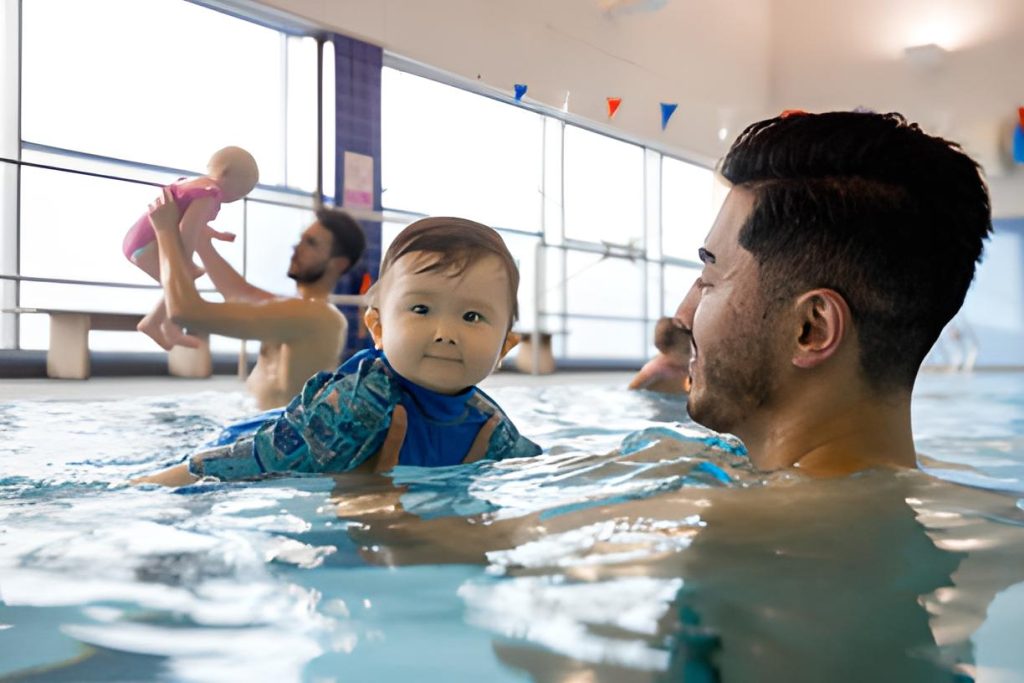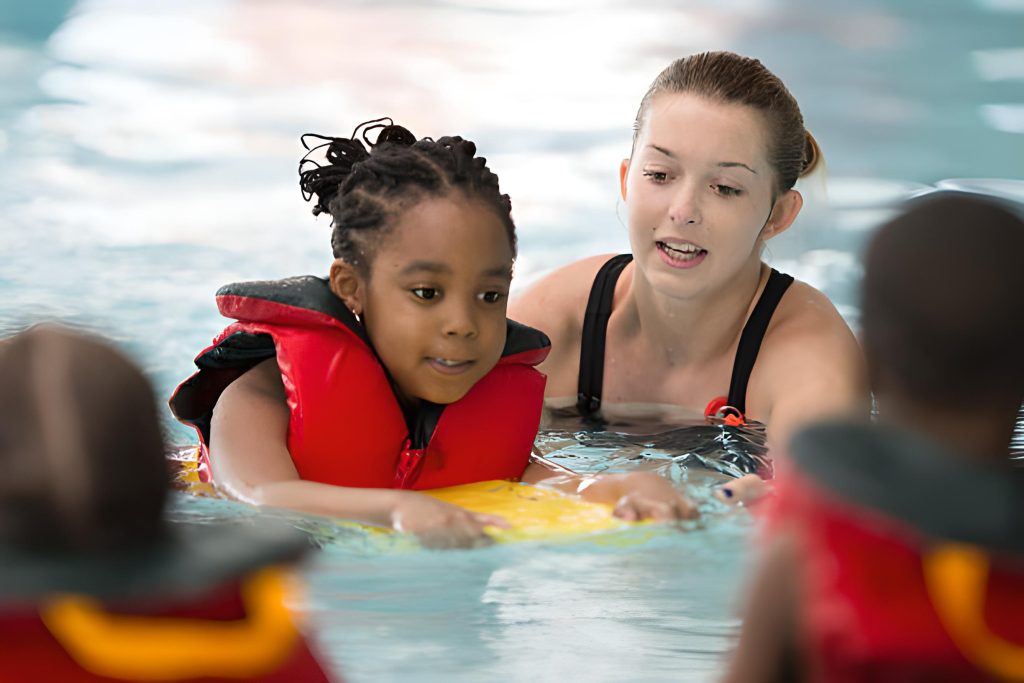Teaching Yourself or Your Infant to Swim: Tips and Tricks

Swimming is a great way to improve your physical fitness, with benefits like increased lung strength, endurance, and flexibility. With 71% of the earth’s surface being covered in water, it’s important to know how to swim, both for personal health and safety. If you’re an adult who has never learned to swim, or you’re teaching your infant, the prospect of swimming can be intimidating. But with the right approach, you or your infant can learn to swim with confidence.
Invest in Proper Swimming Equipment
Having the right swimming gear can make a big difference in your comfort and safety in the water. For adults, goggles are an essential piece of equipment, as they protect your eyes from the chlorine in the pool. Look for goggles that fit comfortably, with cushioning and hair-friendly straps. In terms of swimwear, make sure it fits properly – not too loose or too tight.
Take Baby Steps
One of the most important things to keep in mind when learning to swim is to take baby steps. This can help you overcome any fear of the water and build confidence. Start by getting into the pool or ocean with a friend or instructor. This can help distract you from your fear and give you a sense of security.
Practice breathing exercises, starting with holding your breath for short periods of time, such as 10 seconds and then 20 seconds. Work up to feeling comfortable with water on your head and face by dipping your head in and out of the water. Then, practice blowing bubbles with your lips and nose.
Shallow Water Exercise

Once you’re comfortable, move on to shallow-water activities. This will give you a safe environment to practice in, with the help of a swimming instructor. Your instructor will guide you through breathing exercises, floats, glides, and kicking techniques to help you learn quickly and safely.
Choose a Swimming Technique that Works for You
Different swimming techniques work for different people, depending on their abilities and stamina. Choose a technique that you’re comfortable with and that you can easily master. Some people prefer backstrokes, as they are relaxing, while others prefer frontstrokes because they require less energy.
Set Realistic Goals
Swimming requires patience and endurance, so it’s important to start with achievable goals. Begin by practicing holding your breath under water while blowing bubbles. Set time-bound, increasingly challenging goals to keep yourself motivated and build your confidence in the water.
Water Safety is Key

Remember to always prioritize water safety. Keep your wits and eyes alert to avoid any accidents or drowning. Start with shallow water and take small steps, rather than rushing. Until you feel comfortable swimming alone, make sure to always have a friend or instructor with you.
If you’re looking for swim lessons for yourself or your infant, consider signing up for private lessons with a swim instructor near you. There are also options for online swim lessons, swim classes for women and seniors, and swim programs for 1-year-olds and seniors. With the right training and resources, you or your infant can learn to swim and enjoy all the benefits that come with it
Aquastar is here to help you overcome your fear of water and become a confident swimmer.
Here are some tips that can help you achieve your goal:
Use proper swimming equipment: Invest in good quality goggles and swimwear. Goggles should be comfortable and not too tight, and swimwear should not restrict your mobility.
Take baby steps: If you’re nervous about getting in the water, start by entering a pool or ocean with a friend for support. Gradually acclimate yourself to the water by practicing breathing exercises, blowing bubbles, and getting used to water on your face and head.
Start with shallow water activities: Before diving in, try shallow-water activities to get comfortable with the water. Swimming instructors can help you learn safely and quickly.
Set achievable goals: Patience and endurance are key to success in swimming. Start with small, attainable goals and gradually increase the difficulty level as you improve.
Focus on safety: Remember water safety rules and never enter the water without an instructor or friend until you’re confident swimming alone.
By following these tips, you’ll be on your way to overcoming your fear of water and becoming a confident swimmer. Aquastar is here to help you every step of the way, so don’t hesitate to reach out for support.